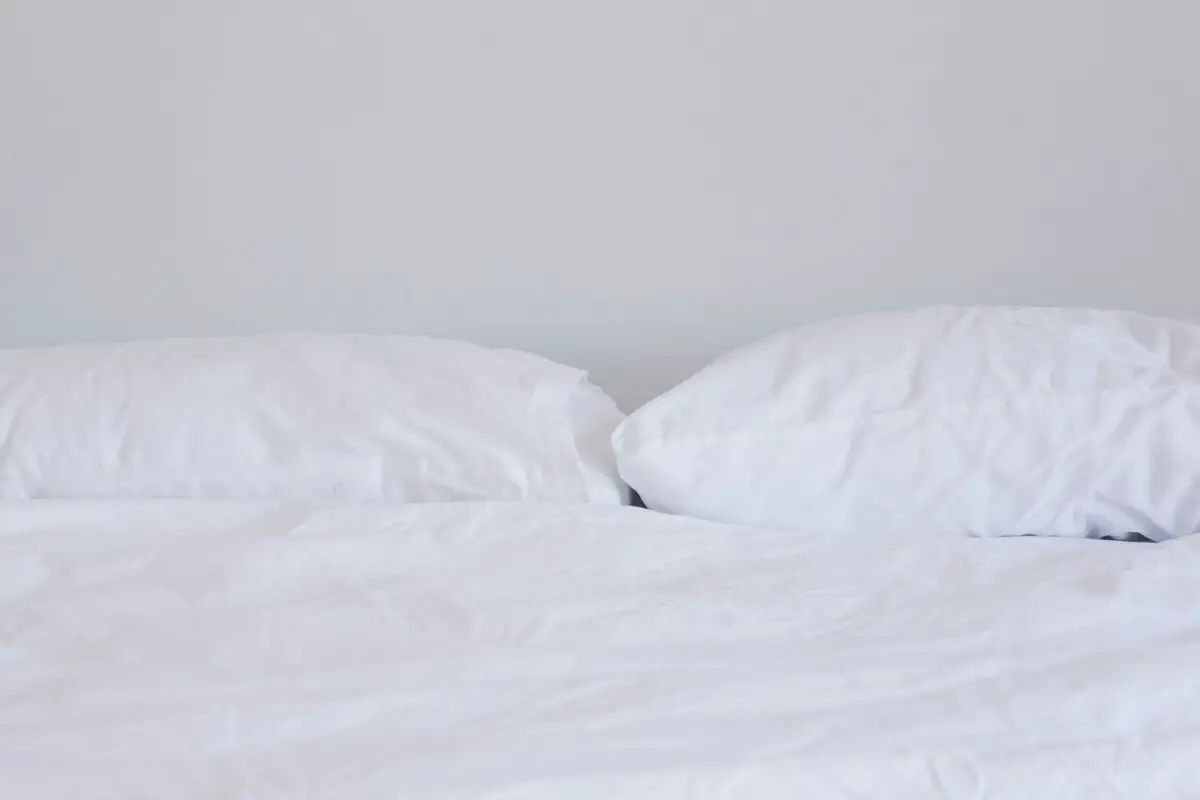Ever wake up with a congested nose or irritated eyes? Instead of blaming seasonal allergies, your mattress might be the root cause. Dust mites, microscopic insects thriving in warm, humid conditions, find sanctuary in mattresses. Feeding on the dead skin cells we shed during sleep, these pests leave behind droppings that trigger allergies and disturb sleep patterns.
But fret not! Regular mattress cleaning offers a simple yet effective solution against dust mites, allergens, and unpleasant odors. By following a few easy steps, you can create a cleaner sleep environment and enjoy more restful nights. In this comprehensive guide, we'll outline the process of cleaning your mattress, provide maintenance tips, and address common queries.
Why is Mattress Cleaning Essential?
Imagine your mattress as a large sponge. Over time, it accumulates dead skin cells, dust mites, sweat, and allergens. This buildup not only exacerbates allergies and asthma but also disrupts sleep quality. Research indicates that a clean mattress promotes deeper sleep and enhances overall well-being.
Furthermore, proper cleaning prolongs the lifespan of your mattress. By eliminating dust mites and allergens that degrade mattress fibers, you ensure longevity and protect your investment.
Simple Steps to a Fresh Mattress
Understanding the significance of mattress hygiene, let's delve into the cleaning process. Here's what you'll need:
- Vacuum cleaner with an upholstery attachment
- Baking soda
- Spray bottle (optional)
- Dish soap (optional)
- Hydrogen peroxide (3% solution, optional)
- Soft brush (optional)
Strip the Bed
Start by removing all bedding, including sheets, pillowcases, mattress pads, and comforters. Launder these items in hot water (at least 55°C or 130°F) to exterminate dust mites. Refer to the care label for specific washing instructions.
Thorough Vacuuming
With the mattress bare, thoroughly vacuum the entire surface using the upholstery attachment. Pay close attention to seams, crevices, and areas prone to sweat accumulation, such as the head and foot of the mattress.
Deodorize with Baking Soda
Harnessing the natural deodorizing properties of baking soda, sprinkle it generously over the mattress surface. Allow the baking soda to sit for at least 30 minutes, preferably several hours, to absorb and neutralize odors effectively.
Tackle Stains
For specific stains, address them before vacuuming the baking soda. Here are some tips for common stains:
- Blood: Blot the stain with a clean, absorbent cloth, then apply a paste of baking soda and water. Rinse with clean water after 30 minutes to an hour.
- Sweat: Mix dish soap with warm water in a spray bottle, mist the stained area, and blot with a damp cloth.
- Coffee: Blot the spill, then use a solution of equal parts white vinegar and water to treat the stain.
Important: Always blot stains and avoid rubbing to prevent spreading. Refrain from using harsh chemicals or excessive moisture, as they can damage the mattress.
Vacuum Again
Once the baking soda has worked its magic, vacuum the mattress surface again to remove all residue.
Air It Out (Bonus Tip)
For optimal results, allow the mattress to air out for a few hours after cleaning. Open windows to promote airflow and facilitate moisture evaporation. If possible, stand the mattress upright to enhance circulation.
Maintaining Cleanliness
Establish a regular cleaning schedule based on your allergies and nighttime sweat levels. Consider investing in a waterproof mattress protector to shield against spills, dust mites, and allergens. Wash bedding weekly in hot water to eliminate dust mites and allergens.
Frequently Asked Questions
Q: How often should I replace my mattress?
A: Mattress lifespan ranges from 7 to 10 years, depending on factors such as quality and maintenance. Signs of replacement include sagging, visible wear, or persistent allergies.
Q: Can I steam clean my mattress?
A: Some manufacturers recommend steam cleaning, but check the care label first. Excessive moisture can damage the mattress core.
Q: What if I have a mold problem?
A: Mold on a mattress poses health risks. Discard the mattress and replace it to avoid spreading mold spores.





